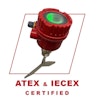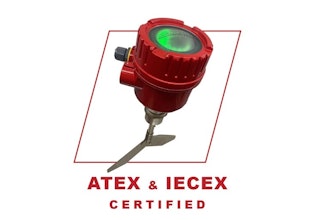The Food Manufacturing Brainstorm features industry experts sharing their perspectives on issues critical to the overall food industry marketplace.
In this four-part series, we ask: Which innovations in sanitation should food manufacturers be aware of and how do they aid in regulatory compliance, as well as boosting consumer confidence?
While AMI’s 10 Principles for Sanitary Equipment Design are not an innovation, many equipment manufacturers are going above and beyond these minimum standards and offering improved surfaces, cleaning chemicals and construction processes. As food safety regulations become increasingly complex, manufacturers are forming in-house food safety teams to drive sanitary product design. Poor or uninformed equipment design decisions, improper material selection and inadequate finishes pose cleaning challenges that are often the root concern of many food safety-related issues.
The industry is rethinking the grades of stainless steel used in food processing facilities in order to withstand the daily exposure to varying chemicals used in sanitation. Higher-end finishes often exceed regulatory requirements and provide better bacterial resistance and improved cleaning capabilities. In addition, new FDA-approved coatings are now available that reduce the potential for raw materials to adhere to equipment surfaces which help improve pre- and post-operational performance by providing a better barrier against bacteria colonies and the formation of bio films that are often resistant to chemicals and inferior sanitation practices.
Equipment manufacturers are also designing products with tool-less maintenance and cleaning requirements. This eliminates the need for another product or entity to come into contact with equipment when it has to be disassembled for sanitation or repair.
Enterprise Resource Planning (ERP) systems are also becoming a critical component of plants’ sanitation programs. An ERP can help improve audit results, reduce food safety-related incidents and investigations, improve product quality and ultimately increase operational efficiencies. The electronic plans provided in these systems help minimize risk and manage quality control, greatly improving compliance standards. For example, the proper ERP program will provide electronic plans for conducting systematic preventive measures including Hazard Analysis and Critical Control Points (HACCP) and Process Hazard Analysis (PHA). This provides better data management and superior traceability mechanisms required for compliance by minimizing the guesswork through scheduled self-audits and precise documented monitoring.
Jim Oko, Director of Process Enginnering, Stellar























